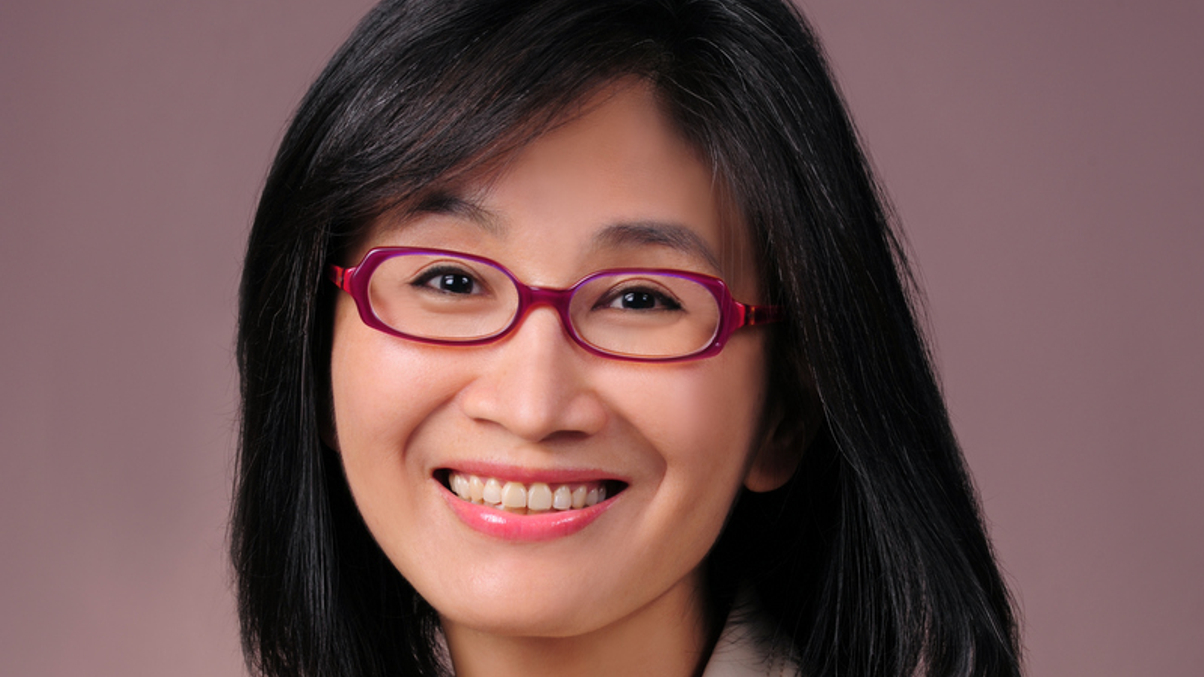Insurers point to challenges in 2015 amid yield hunt
Asia-based CIOs discuss their strategies for generating returns in a low-rate world at our Insurance Investment Forum, and the biggest risks they see in their efforts to match liabilities.

Asian insurers underscored the challenges they face this year as they hunt for yield in the low-rate environment while trying not to compromise on risk, a forum heard.
Sign in to read on!
Registered users get 2 free articles in 30 days.
Subscribers have full unlimited access to AsianInvestor
Not signed up? New users get 2 free articles per month, plus a 7-day unlimited free trial.
¬ Haymarket Media Limited. All rights reserved.


